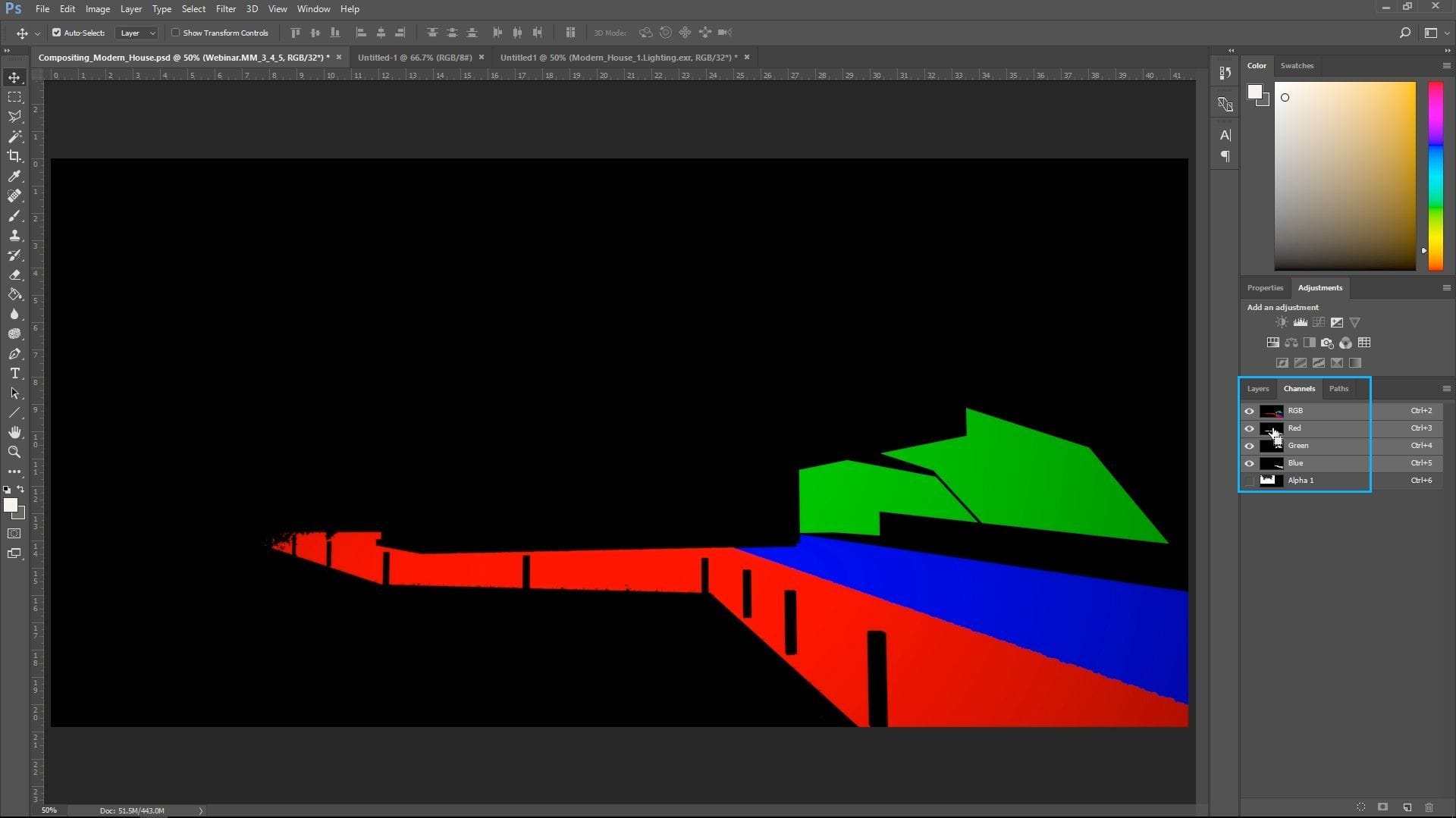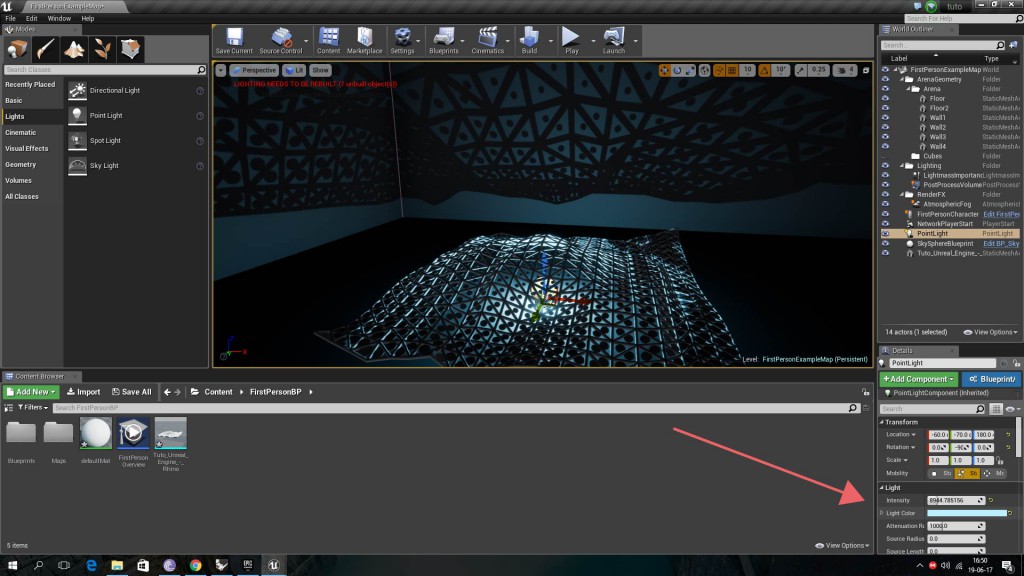
Also, if anyone has a better script for this type of animation, please share in the comments. Be sure to check out the demo to see the script in action. A very simple way to add a little interactivity to your portfolio with minimal amount of code. The else statement returns the opacity back to 100%.


Now, if the user hovers over a list item, animate all of the of the other items by reducing their opacity to 30% over 300 milliseconds. clear:after, 300) Īs you can see, we are targeting all of the tags inside of #portfolio-list and attaching the mouseover and mouseout events using legate(). Everything else is pretty straightforward. The gets an id name of “portfolio-list” and a class name of “clear”, which will clear the float at the end of the unordered list. If you only want to change the opacity for the single selected object, you must use the fill and stroke dialog instead. If you change the opacity for the layer, everything in that layer will change. For demo purposes, I have written the following HTML code: There is an opacity control in the layers dialog which is different from the opacity control in the fill and stroke dialog. The design and presentation of your portfolio is left up to your imagination. Suffice to say, your portfolio list should semantically be wrapped in an unordered list. There is no need for me to spend much time designing and coding a complicated layout for this demo. Step 2: Write the HTML Markup and CSS Styles
#Change picframe opacity rhino code#
Simply add the following code between the opening and closing tags of your document. You can do this by either downloading the most recent version and uploading the file to your server or by hotlinking to the latest version directly from a CDN (Content Delivery Network) like Google Ajax API. The first thing you want to always do is make sure you are running the latest version of jQuery on your site (version 1.4.2 as of the publication). View Demo → Step 1: Get the latest version of jQuery in the model view window, i dont think this is possible (except for directly changing the pen colours to suit), although if you set up the separate views as mentioned above, you can use the trace reference function (where you can set a custom colour and opacity to the reference view) to achieve it, which you can then print if required. The code ended up being minimal (less than 10 lines) and I could retain my clean and lean markup.
#Change picframe opacity rhino how to#
Once the CSS experiment proved to be a failure, I knew that jQuery would be perfect for the task. Search for jobs related to How to change opacity of a picture in rhino or hire on the world's largest freelancing marketplace with 20m+ jobs. I first set out to conquer this subtle animation using CSS only but, with poor cross browser support for opacity, I only ended up with really bad hacks and workarounds.

When a user hovers over a thumbnail in the portfolio, I want the opacity value of the remaining images reduced to a percentage of my choosing while leaving the hovered image opacity at 100%. Or you have modified your model, changed the viewport settings, or want the same rendering projection used to create a previous image Step 1: Open the file with the model in it and put add perspective picture as a wallpaper image in one of the viewports. What I want to achieve is actually quite simple and I am sure you have seen the effect before. And, since I love the ability to create subtle nuances for the user, I decided to extend this tutorial and show you how to include a hover effect animation for your thumbnails. In this tutorial, I’m going to show you how to make a header containing a menu and logo stick to the top of the page, then shrink and change colour when the user scrolls down the page.Not long ago, I wrote a post about how you can create a filterable portfolio, in WordPress, using a jQuery plug in. This can be done for any part of the page, not just headers, but also main body content, footers or any individual modules within them. Nearly every property you can set in Divi’s section, row, column or module settings dialogs can now be assigned to a sticky state, just as you can assign specific styles for device sizes and hover states. This is ideal for animating a header unobtrusively as the user scrolls down the page. Divi’s sticky controls do this, but they go further than standard CSS as they allow you to set different styles for elements when they’re stuck to when they’re unstuck, animating smoothly between them.

Standard position: sticky CSS makes elements stick in place on the screen within their containing element as the user scrolls. Now with Divi’s new Sticky Options you can do it right out of the box, without having to insert your own jQuery. Just under a year ago, I posted a tutorial explaining how to change the Divi menu on scroll using a little jQuery.


 0 kommentar(er)
0 kommentar(er)
